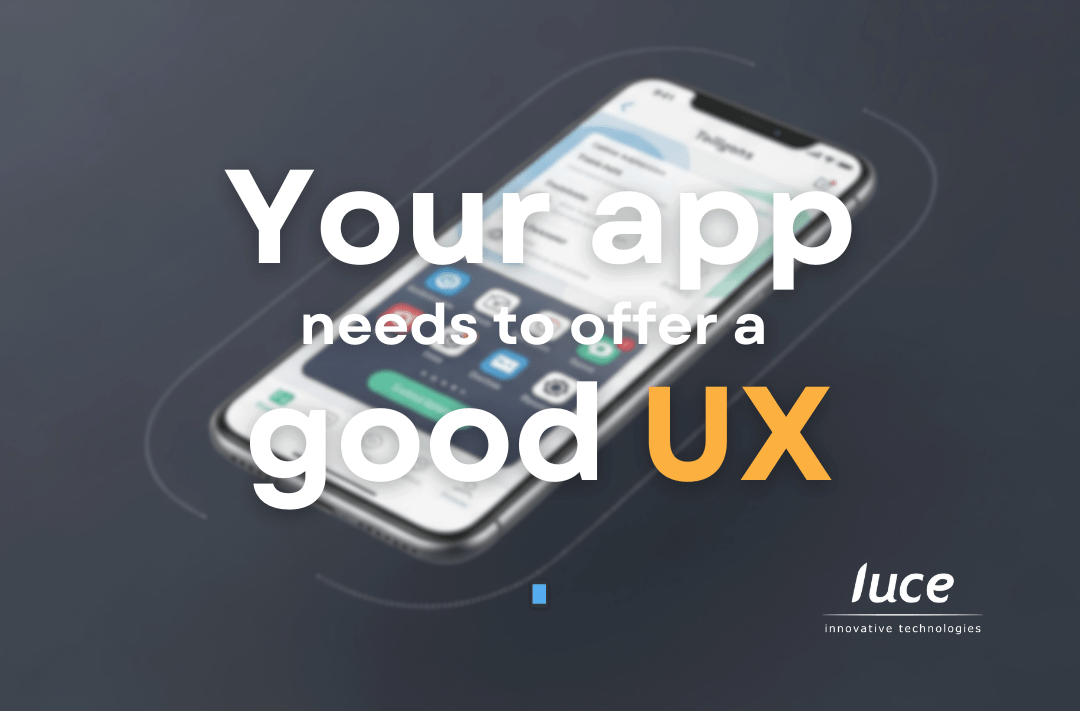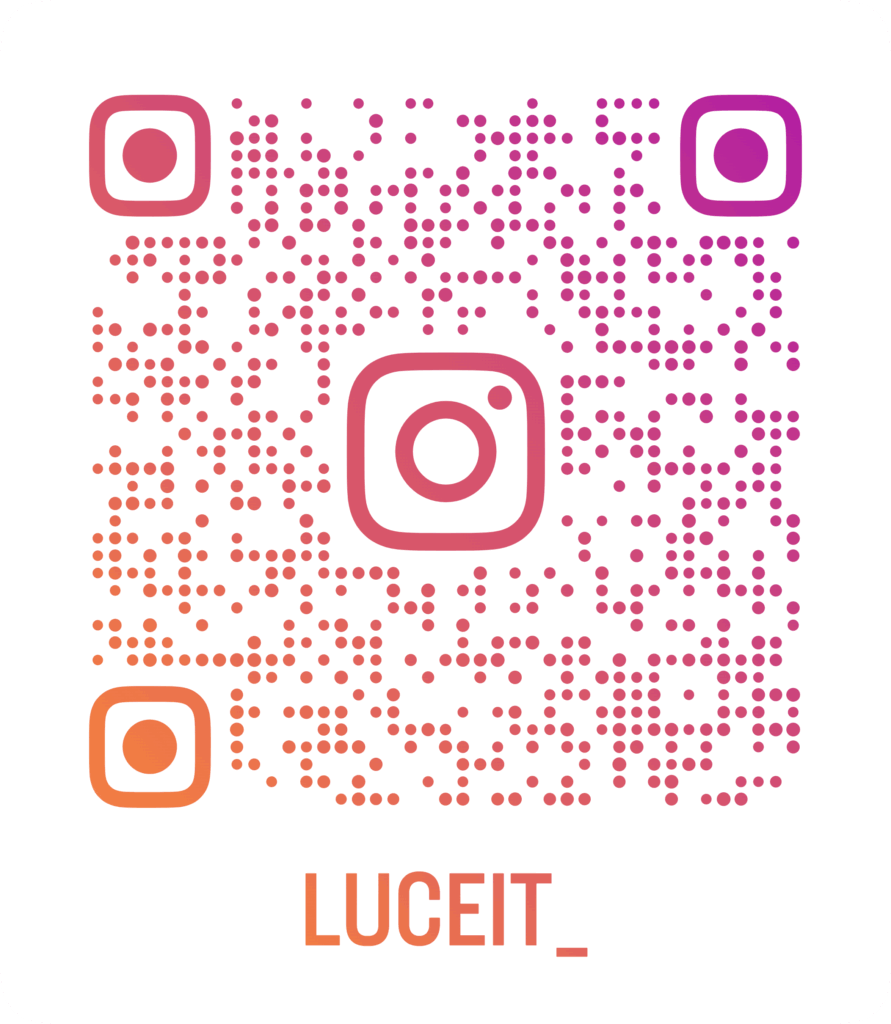
By 2026, your application must offer a good user experience
If ten years ago someone said “application development,” the first thing that came to mind was lines of code, servers, and databases. Today, when we think of an app, we think of feelings: Is it frustrating? Is it fast? Does it understand me?
We are at the gates of 2026, and code is no longer just the skeleton of your application; it is the nervous system that must respond to the user’s emotions. In a saturated market where “digital fatigue” is real, having an app that simply “works” is no longer enough. Now, your application must care for the person using it.
But what does offering a good user experience (UX) really mean when we look toward the future? It’s not just about pretty colors or rounded buttons. It’s about an invisible but robust architecture that sustains every interaction.
Speed is the new courtesy
Surely you’ve read a thousand times that users don’t wait more than 3 seconds. In 2026, that tolerance will be even lower. Performance optimization is the base of the user experience pyramid.
An app can have the most avant-garde design in the world, but if it takes time to load, the user will feel that you don’t value their time. This is where native development and modern architectures (like the ones we work with at Luce IT using advanced frameworks) play a crucial role. It’s not just about what is seen on the screen, but how the backend is built to serve data in milliseconds. A good UX starts with an efficient Cloud architecture that scales when thousands of users connect at once, without the experience degrading one bit.
From the “App for everything” to the simplified “Super App”
A clear trend we see in market reports (and that you have surely noticed on your mobile) is the need to simplify. Users are tired of having ten applications for ten different tasks with the same entity.
At Luce IT, we saw this clearly with one of our clients, a prestigious international university. Students had to navigate multiple disconnected platforms to see their grades, schedules, book rooms, or access the library. The solution? Creating a One-Stop experience: a single campus application that centralizes everything in one place.
The result was not just technical (a robust architecture integrated with complex academic systems like Moodle or Blackboard), but human: student satisfaction rose above 85% and in-person inquiries were drastically reduced. In 2026, your application must aspire to this: eliminate friction, integrate complex systems in the back, and offer a simple, unified interface in the front.
Security as part of the experience
Often, security and usability seem like enemies: complex passwords, two-factor authentication, extra steps… However, the trend for the coming years is invisible security.
Your user wants to be protected but doesn’t want to feel like they are being interrogated every time they enter your app. The use of advanced biometrics (FaceID, fingerprint) and intelligent identity management allow access to be fluid and secure.
A great example of this is our work with a major financial entity. The development of their corporate mobile framework not only sought maximum transactional robustness but also ensured the client felt secure without sacrificing agility. We implemented functionalities like biometric login and simplified operation signing. In 2026, if your app is secure but hard to use, it will be abandoned; if it is easy to use but insecure, it will be uninstalled. Balance is key.
Hyper-personalization: “This app knows me”
It is no longer enough to put “Hello, [Name]” on the home screen. AI and data analysis allow us to create interfaces that adapt to the user’s context in real-time.
Imagine an app that knows if you are at the office or at home and shows you different shortcuts. Or a banking app that, if it detects an unusual spending pattern, proactively notifies you with a helpful tone, not an alert tone.
To reach this level in 2026, you need to listen to your users today. Qualitative and quantitative analysis tools are vital to understand not only what they do, but why they do it. Only by analyzing comments and actual behavior (what we call Voice of Customer or App Monitor) can you evolve your development toward what they really need.
Code is the means, experience is the end
Developing an application for 2026 requires a mindset shift. We are no longer just developers writing functions; we are architects of experiences.
Technology (Cloud, AI, Mobile Frameworks) is the vehicle that allows us to reach the destination, but the map must always be drawn by the user. If your application is fast, secure, unifies processes, and feels personal, you won’t just have users: you will have fans. And that, in the digital world, is the most valuable asset.
Does your mobile app really listen to your users or just talk to them? At Luce IT, we combine our software development expertise with powerful analysis tools like App Monitor and Digital Customer Experience strategies to ensure your application doesn’t just work, but captivates. If you want to prepare your app for the challenges of 2026, get in touch with us.
FAQ
Why is load speed so important in a mobile app?
Speed is the primary UX factor. Users associate slow load times with low quality and unreliability. Additionally, Google and app stores (App Store and Google Play) penalize the ranking of slow apps or those with frequent errors (ANR).
What is a “Super App” or “One-Stop” experience?
It is an application that integrates multiple services or functionalities that were previously separate. Instead of forcing the user to download and log into various apps, everything is unified into a single coherent interface, improving convenience and reducing friction.
How does biometrics improve user experience in 2026?
Biometrics (fingerprint, facial recognition) eliminates the need to remember and type complex passwords, speeding up access (login) and the authorization of critical operations without compromising security. It is the standard for “frictionless security.”
How can I tell if my app has good UX?
Testing it internally isn’t enough. You need real monitoring tools (like App Monitor) that analyze store reviews, detect unexpected crashes, and measure actual user behavior to identify pain points and areas for improvement.
Luce IT, your trusted technology innovation company
The Luce story is one of challenge and non-conformity, always solving value challenges using technology and data to accelerate digital transformation in society through our clients.
We have a unique way of doing consulting and projects within a collegial environment creating “Flow” between learning, innovation and proactive project execution.
At Luce we will be the best by offering multidisciplinary technological knowledge, through our chapters , generating value in each iteration with our clients, delivering quality and offering capacity and scalability so they can grow with us.
>> The voice of our customers – Rated 9 in 2024
>> Master Plan 2025: Winning the game


